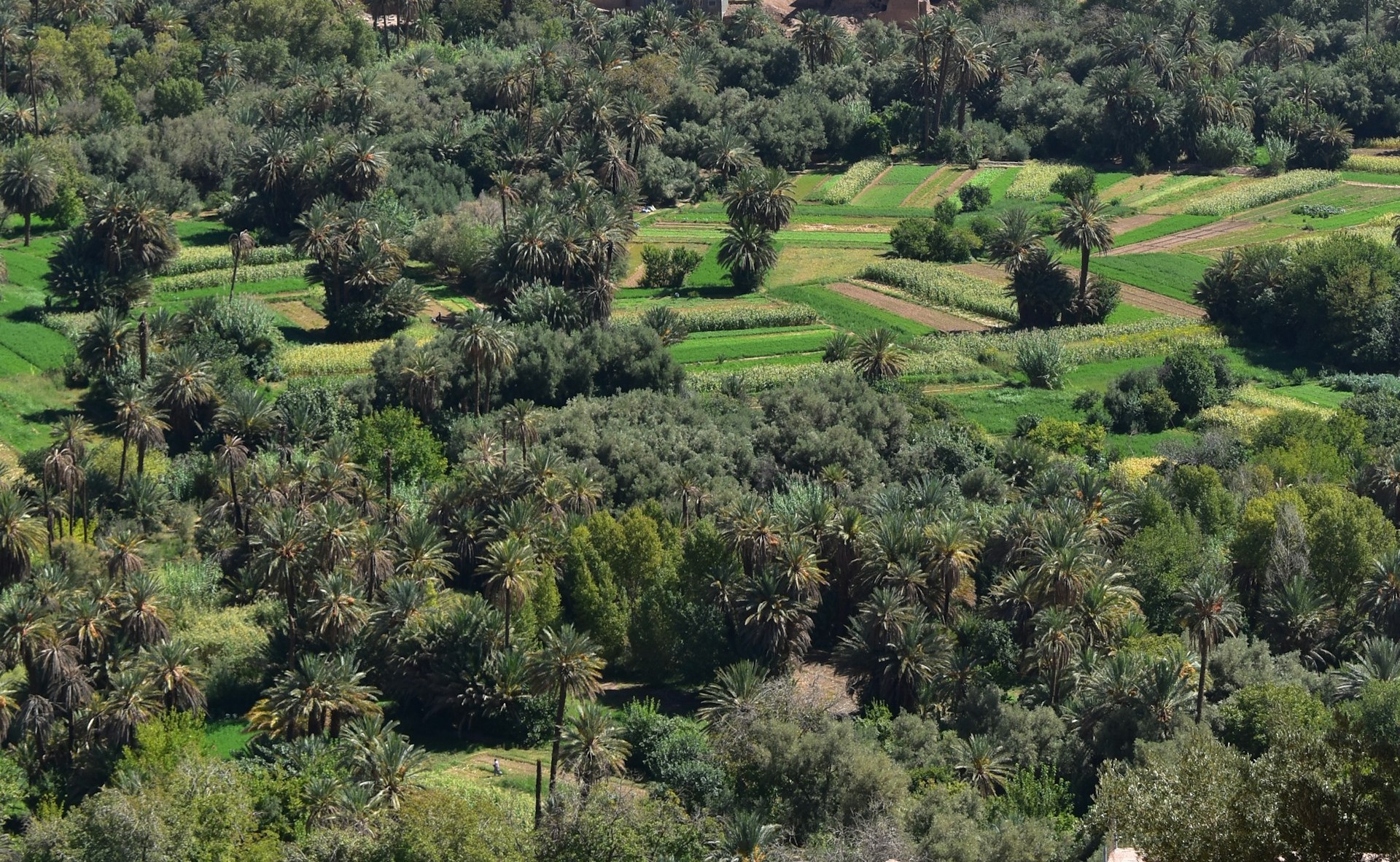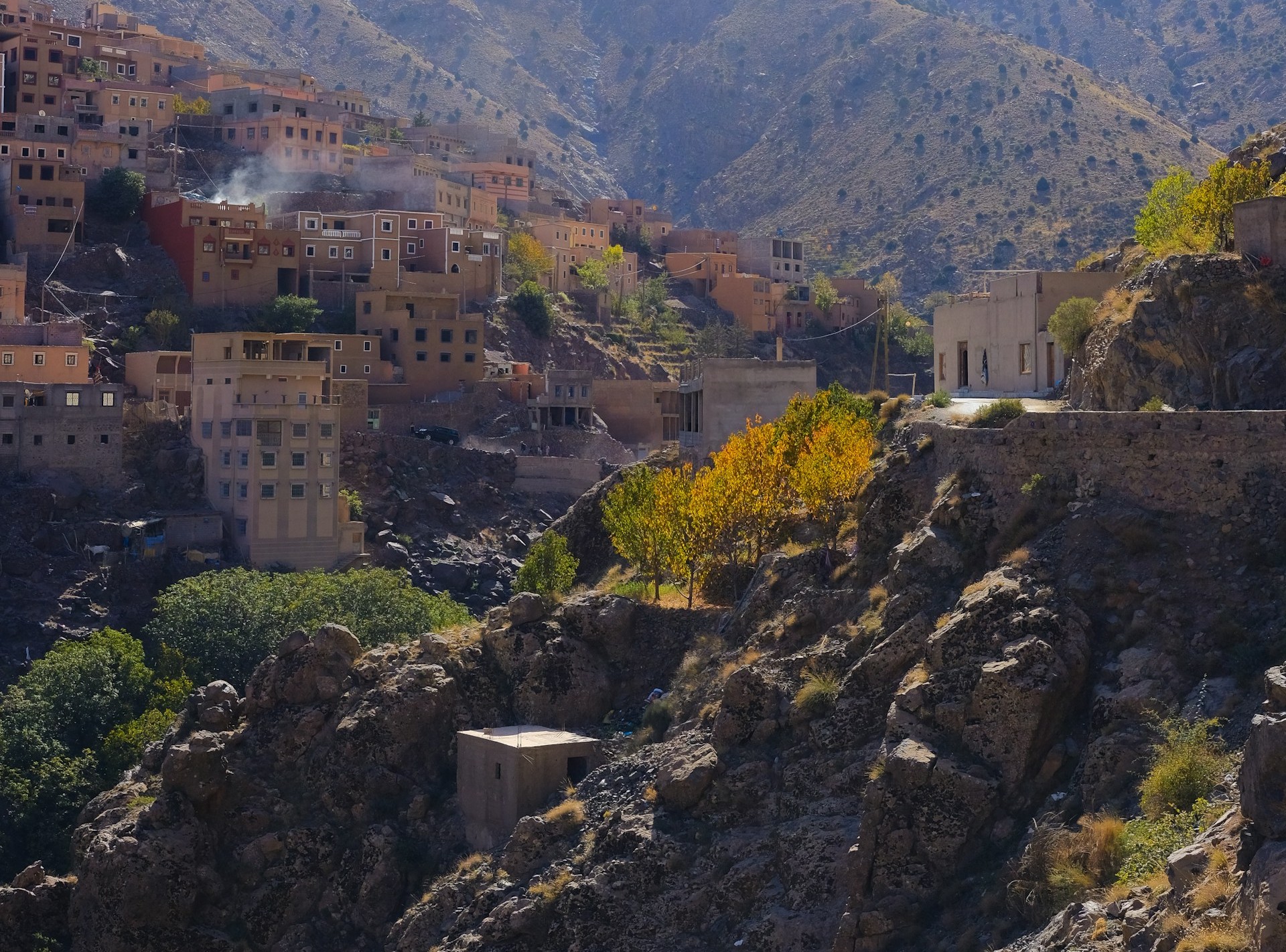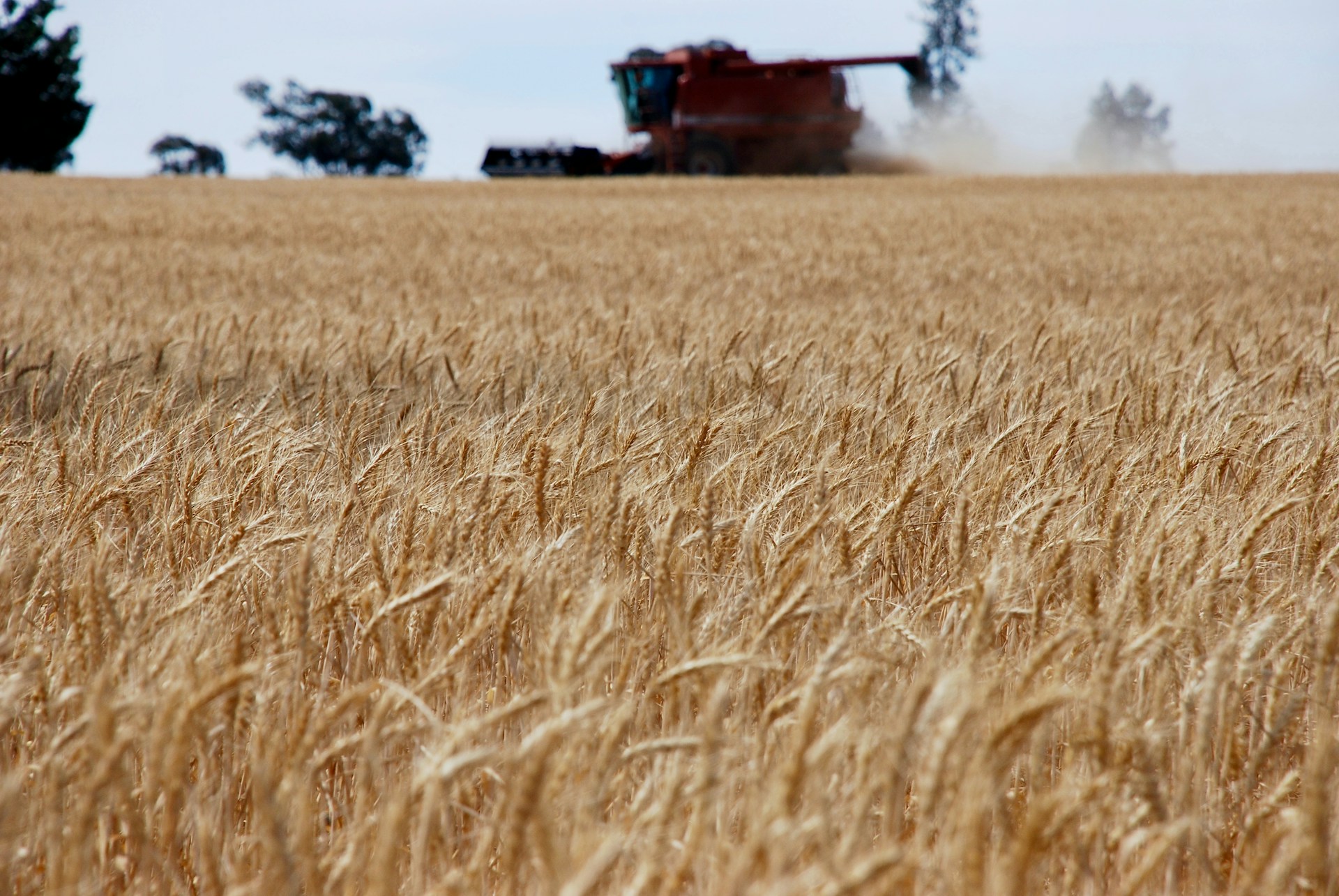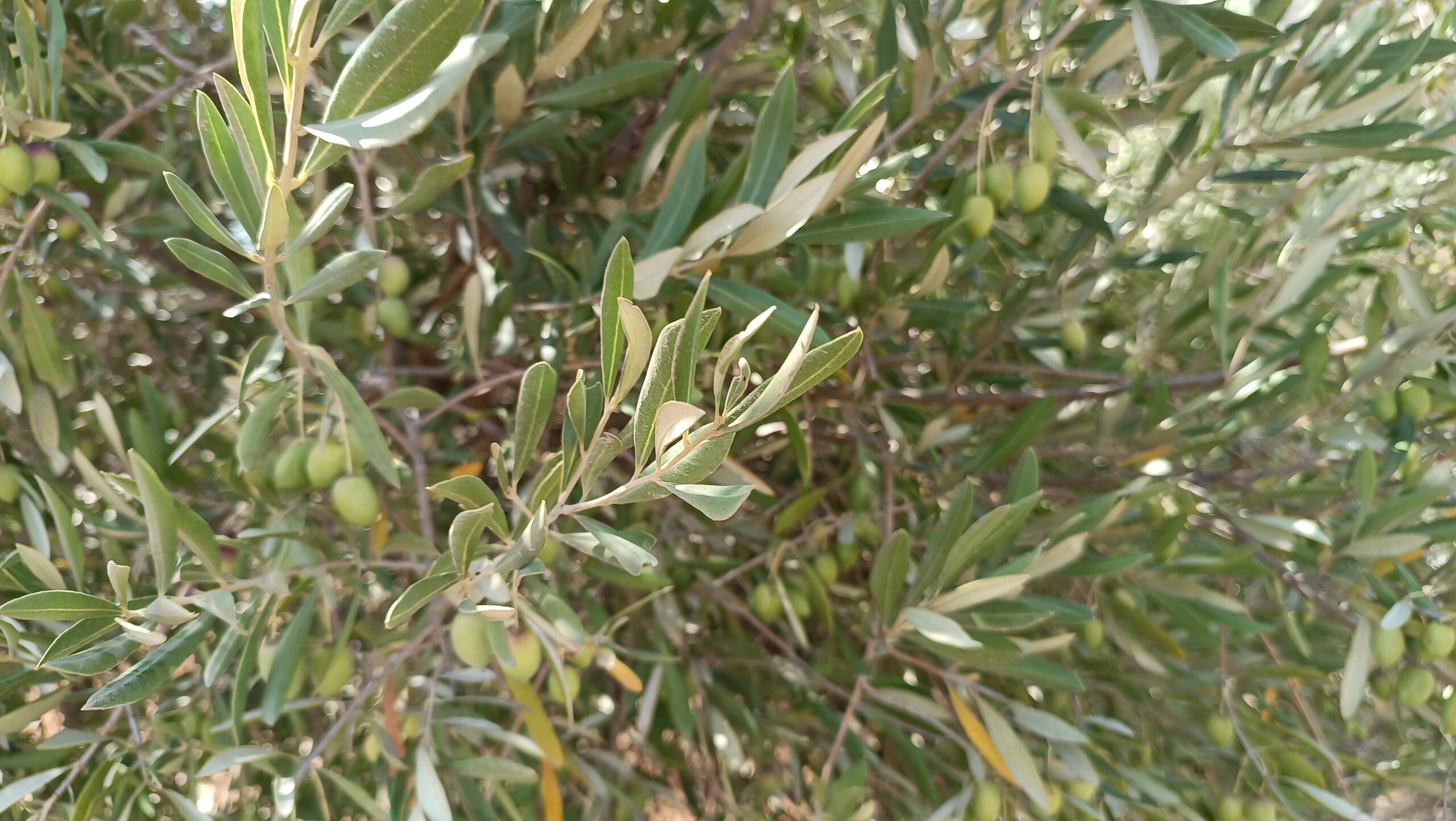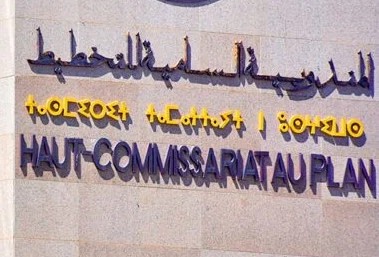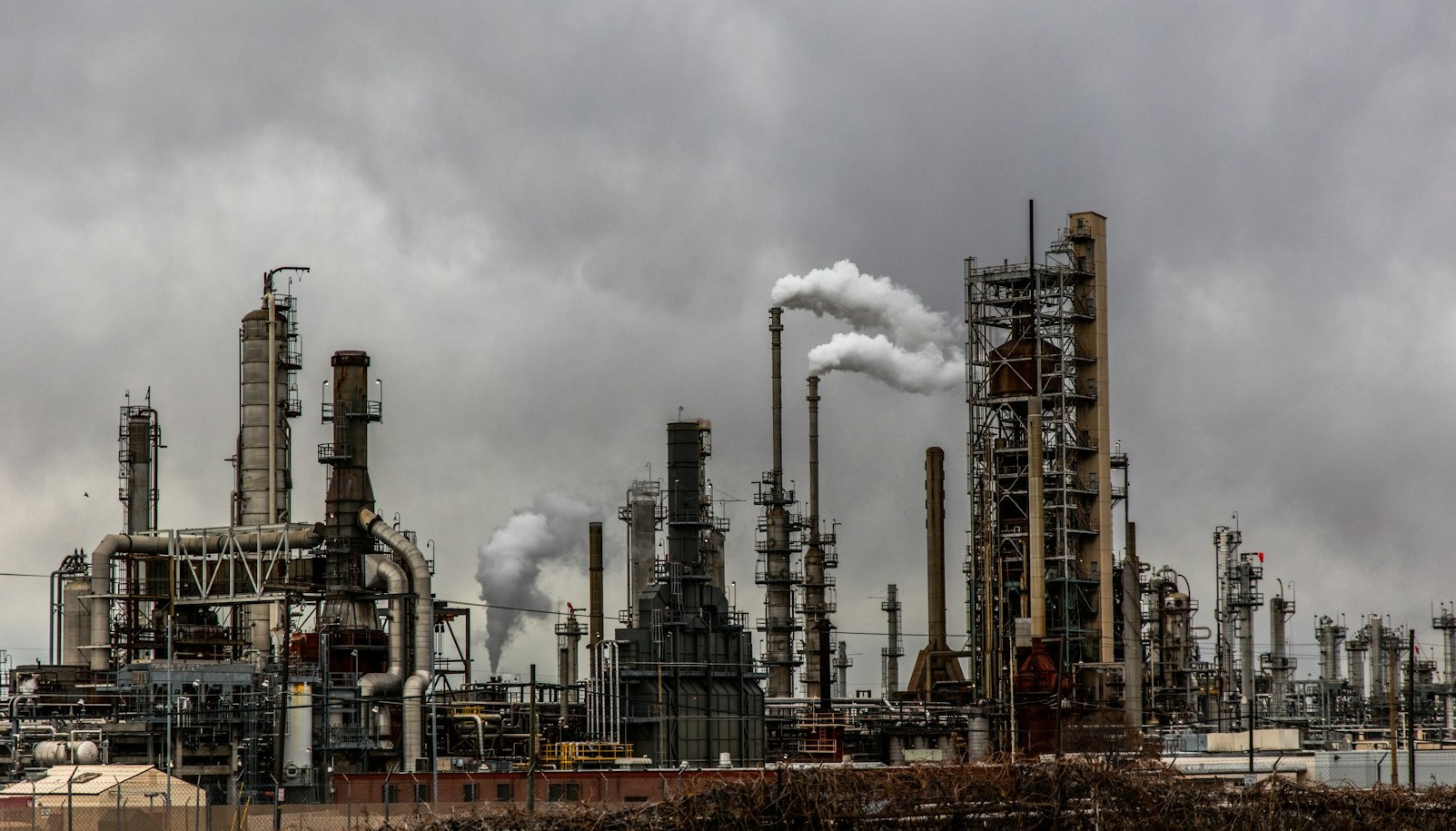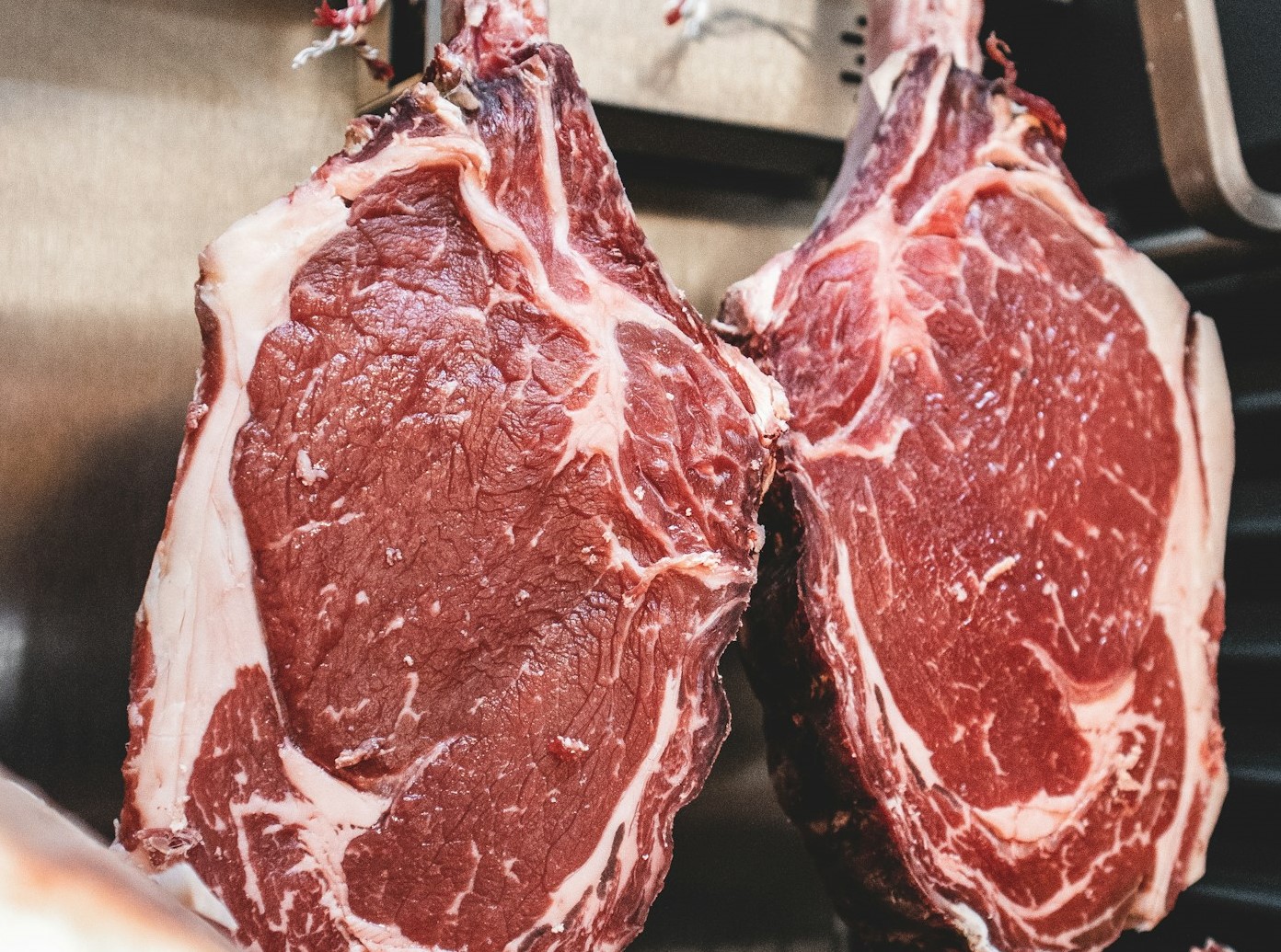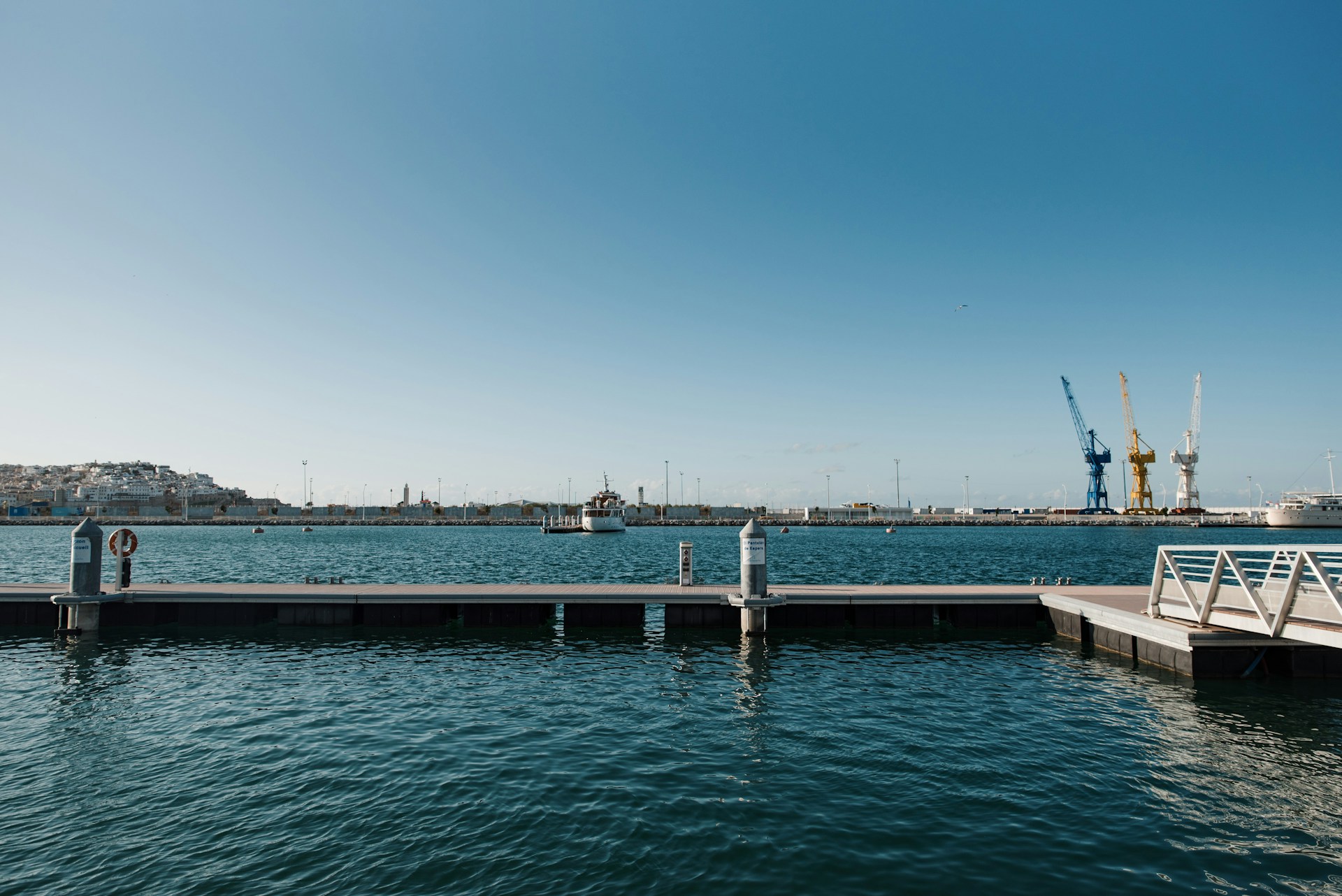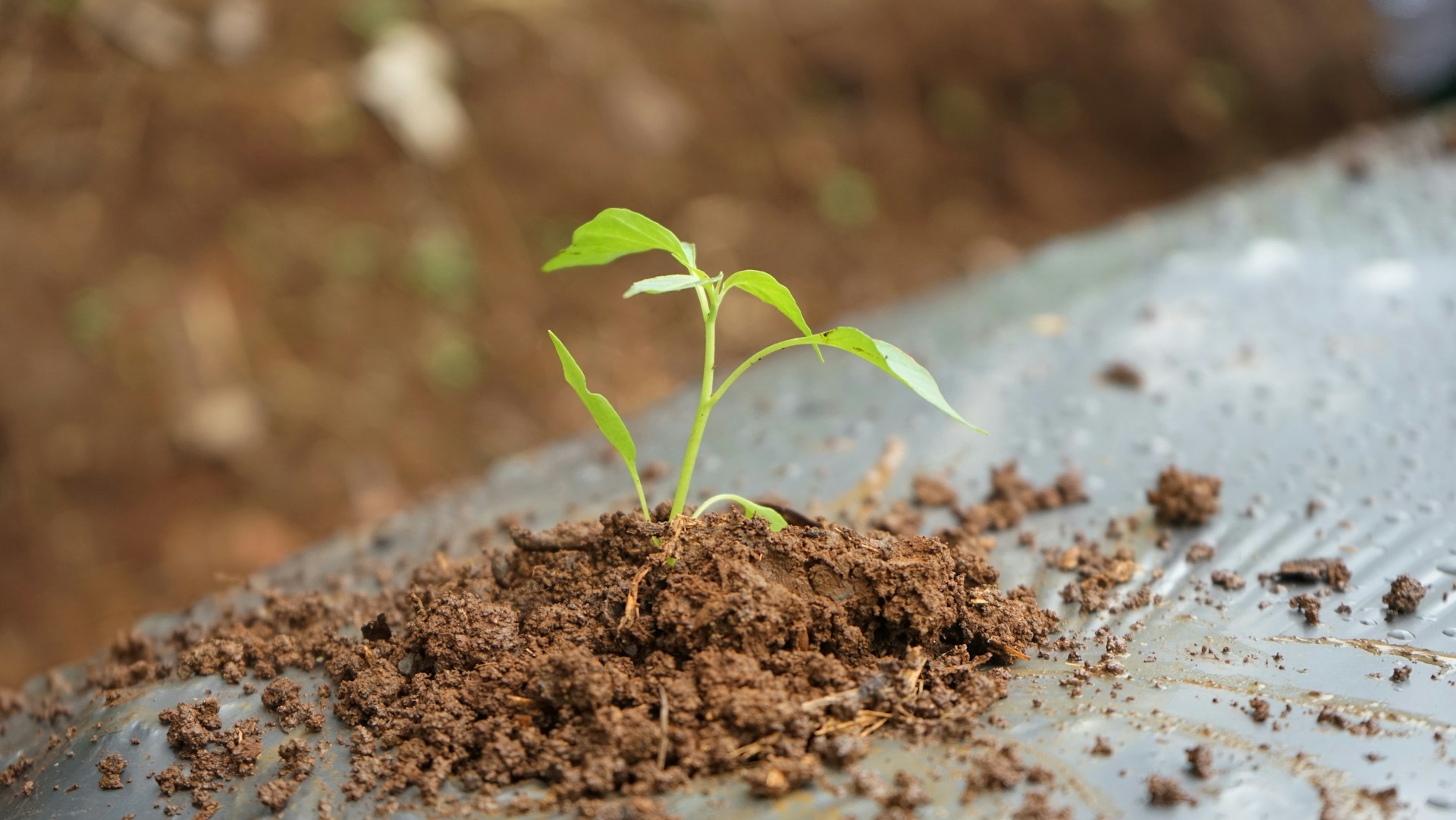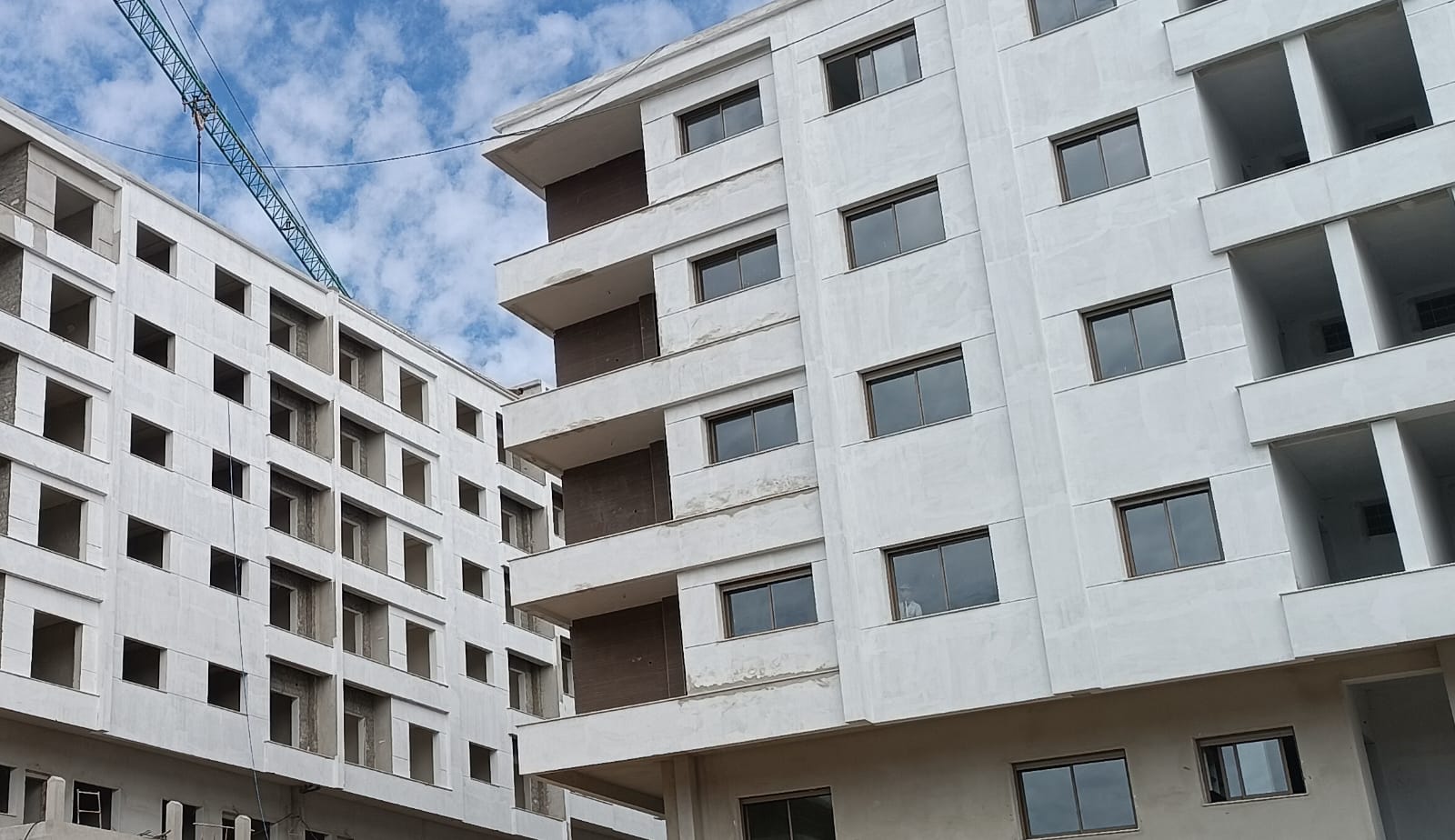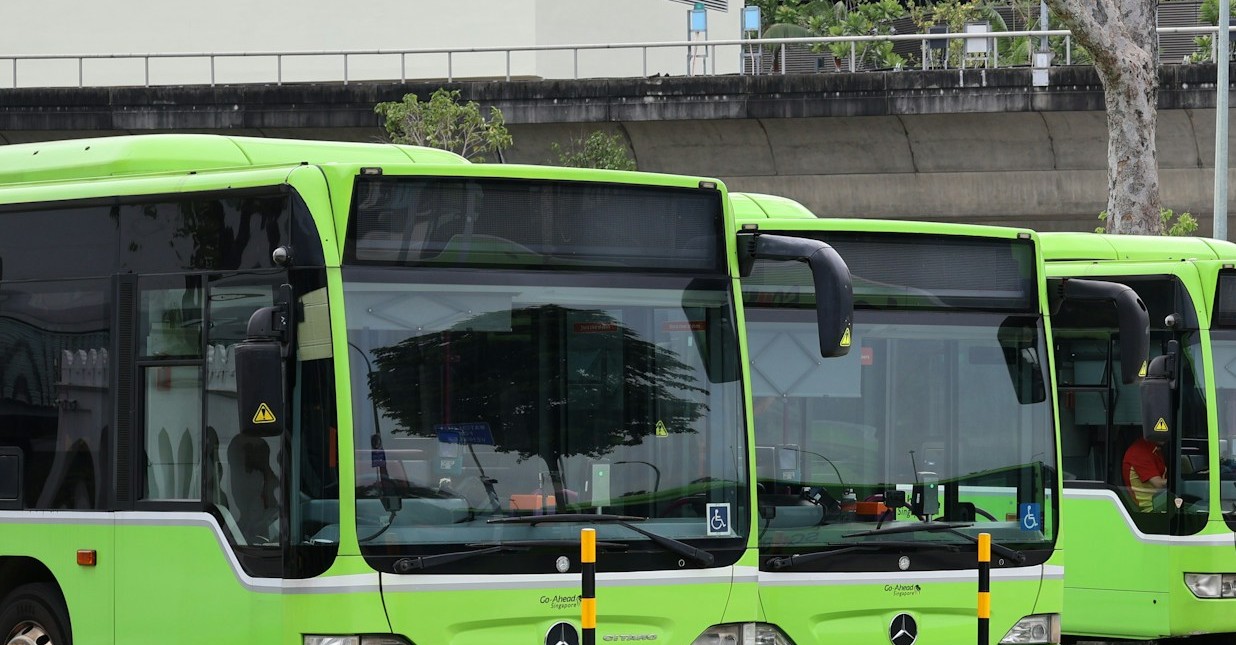Casablanca – Morocco has faced a significant decline in olive production over the past two agricultural seasons, with output dropping by 40–45% compared to the 2021–2022 season. This decrease, confirmed by the Ministry of Agriculture, Fisheries, Rural Development, Water, and Forests, is attributed to a combination of factors, including the phenomenon of alternation in olive trees and acute water shortages due to severe drought conditions.
The delayed blooming of olive trees in several regions, particularly Marrakech-Safi and Beni Mellal-Khenifra, has been a key contributor to the decline. This delay was observed even in well-managed, irrigated farms that typically benefit from extensive care, including fertilization, irrigation, and pruning. Minister Ahmed Al-Bouari highlighted the challenging climatic conditions, noting that the drought has disrupted the growth cycle of olive trees, causing irregular flowering and significant fruit drop.
The Chichaoua region has been particularly hard-hit, with extreme drought adversely affecting olive tree development. In response, the Ministry has implemented several measures to alleviate the impact. These include distributing 29,000 quintals of subsidized fertilizers to 921 farmers and providing supplementary irrigation to plantations under solidarity agriculture projects aimed at mitigating the effects of low rainfall.
Despite the olive tree’s natural resilience to climate change and ability to thrive in diverse soils and terrains with minimal water requirements, the recent severe drought and high temperatures have taken a toll. The Ministry has emphasized that water shortages and rising temperatures are key factors impacting flowering and fruiting, leading to a significant drop in yields.
Morocco’s broader agricultural sector is grappling with the consequences of climate change, including decreased rainfall and rising temperatures, which affect various crops. Olive cultivation, a cornerstone of the country’s agricultural economy, accounts for 68% of Morocco’s fruit tree plantations and provides over 50 million workdays annually, equivalent to 200,000 permanent jobs—25% of which are held by women. The decrease in production has raised concerns not only about the agricultural economy but also about the livelihoods of those who depend on this vital sector.
Production for 2024 is estimated at around 1.7 million tons, matching the output of the previous year but representing a sharp 44% decline compared to the 2021 season, when production reached approximately 2 million tons. Rising olive oil prices have compounded the issue, with the drought and heatwaves during April—a critical period for olive blooming—as well as frost in certain regions, particularly in the east, exacerbating the problem.
Internationally, a significant drop in olive oil production is anticipated, particularly in Mediterranean countries. To address domestic challenges, the Moroccan government has introduced strict export regulations. Olive exports and their derivatives are now subject to licensing until at least December 31, 2024, to ensure sufficient supply in local markets and curb price increases.
The government began implementing these export restrictions in October 2024, coinciding with the Ministry of Agriculture’s projections of continued production declines. This season’s yield is expected to reach just 1.07 million tons, reflecting the ongoing impact of extreme drought and the urgent need for long-term solutions to support the agricultural sector and ensure food security.
